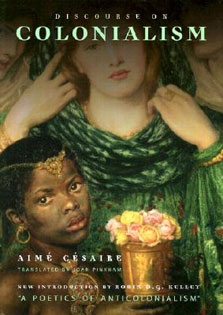Excerpt from Applied Science Incorporated With Transactions of the University of Toronto Engineering Society, Vol. 6: May to October, 1912In fact, one...
Read more
of the greatest strides in conducting a foundry plant successfully has been the recognition by owners and managers of the value and importance of chemistry in connection with the mixing of iron and its intelligent use in conjunction with physical tests to obtain desired properties in castings.l With the aid of the chemist it is known what goes in with his aid and by physical tests it is known what comes forth. The last and greatest step towards the gaining of combined physical and chemical knowledge however, has taken place within very recent years, assisted chiefly by the improved electric furnace, the introduction of the therrno couple by Le Chatelier, and the application of the microscope to the study of iron and steel, which first appeared in a paper by Sorby. Professor Turner also, in 1906, devised a simple instrument for correlating both volume and temperature of changes. So that the last five years have seen more investigation and research, as well as the production of more literature on the subject than has ever been seen before.It may be said that the physical properties of the compound known as cast iron depend upon three things, viz.: the temperature to which it has been raised; rate of cooling, and chemical combina tion. The first two, in practice, depend more or less upon the last. Pure cast iron consists of iron and carbon which may be in the form of a graphite, or a carbide (fe3c). Compounds of over two per cent carbon are known as cast irons, all lower than this are classified among the steels.The effect of the metalloids, viz., silicon, sulphur, manganese, and phosphorus, is nearly always indirect, and is in proportion to their effect on the condition of the carbon in the iron.About the PublisherForgotten Books publishes hundreds of thousands of rare and classic books. Find more at www.forgottenbooks.comThis book is a reproduction of an important historical work. Forgotten Books uses state-of-the-art technology to digitally reconstruct the work, preserving the original format whilst repairing imperfections present in the aged copy. In rare cases, an imperfection in the original, such as a blemish or missing page, may be replicated in our edition. We do, however, repair the vast majority of imperfections successfully; any imperfections that remain are intentionally left to preserve the state of such historical works.
Hide more


